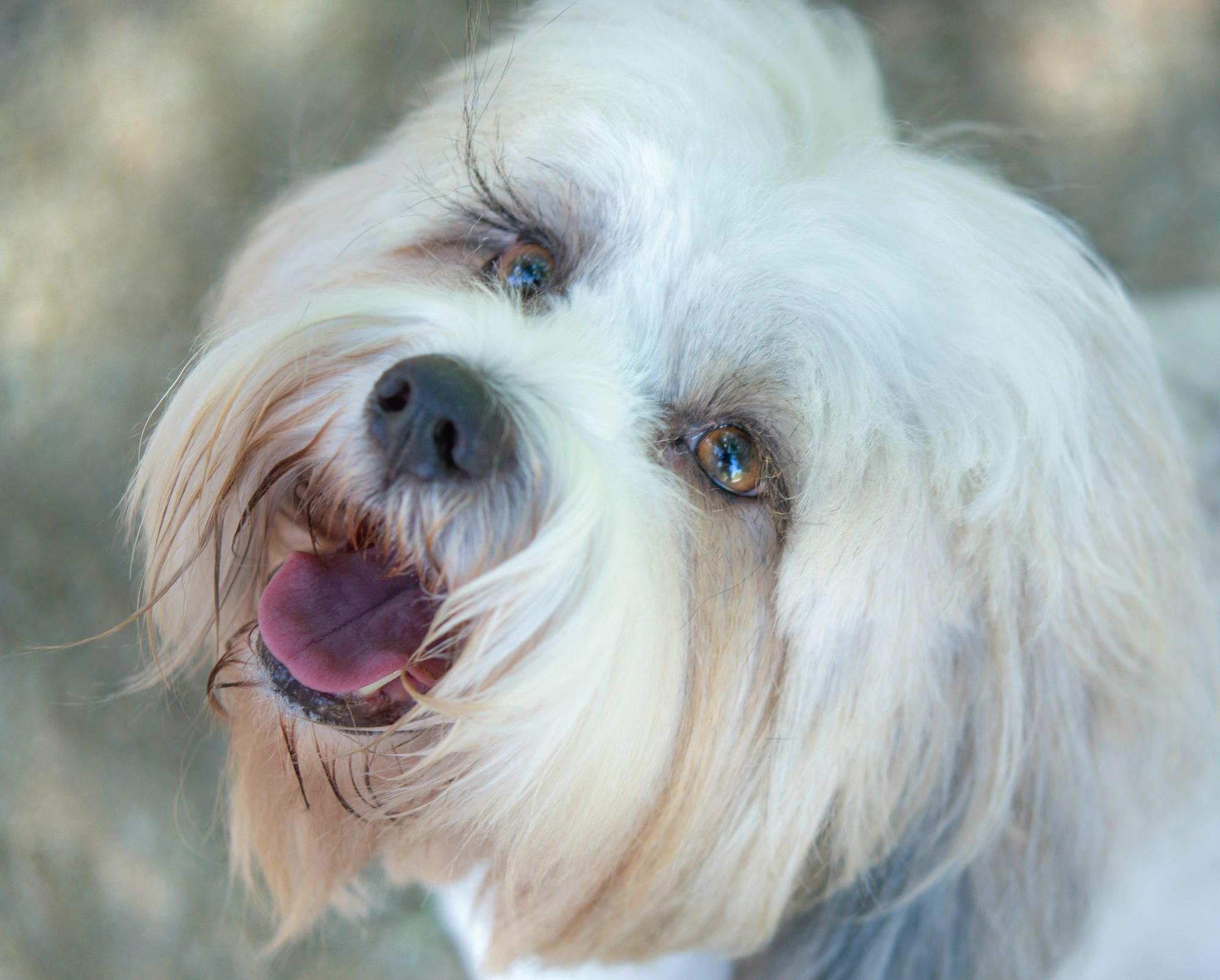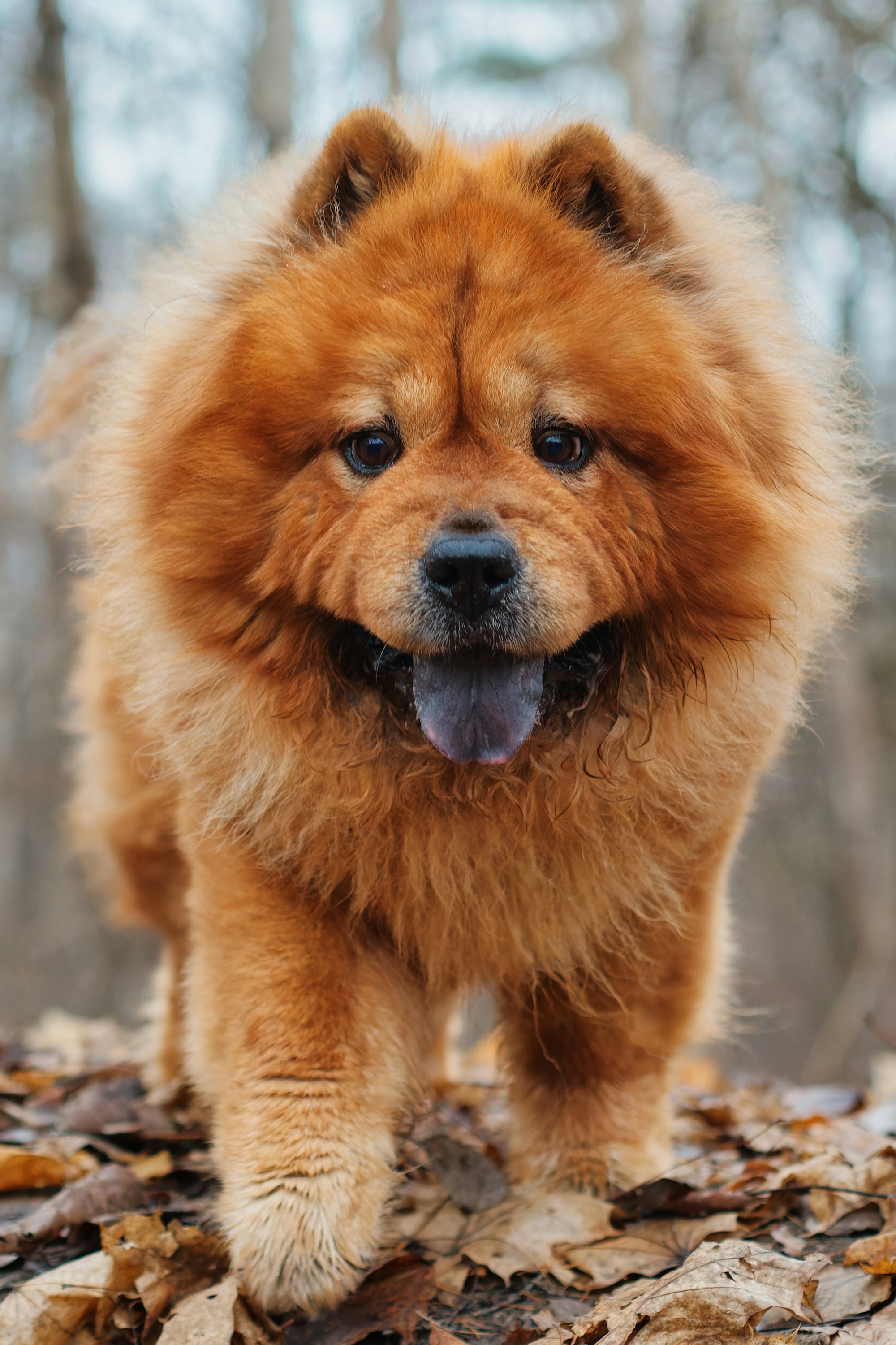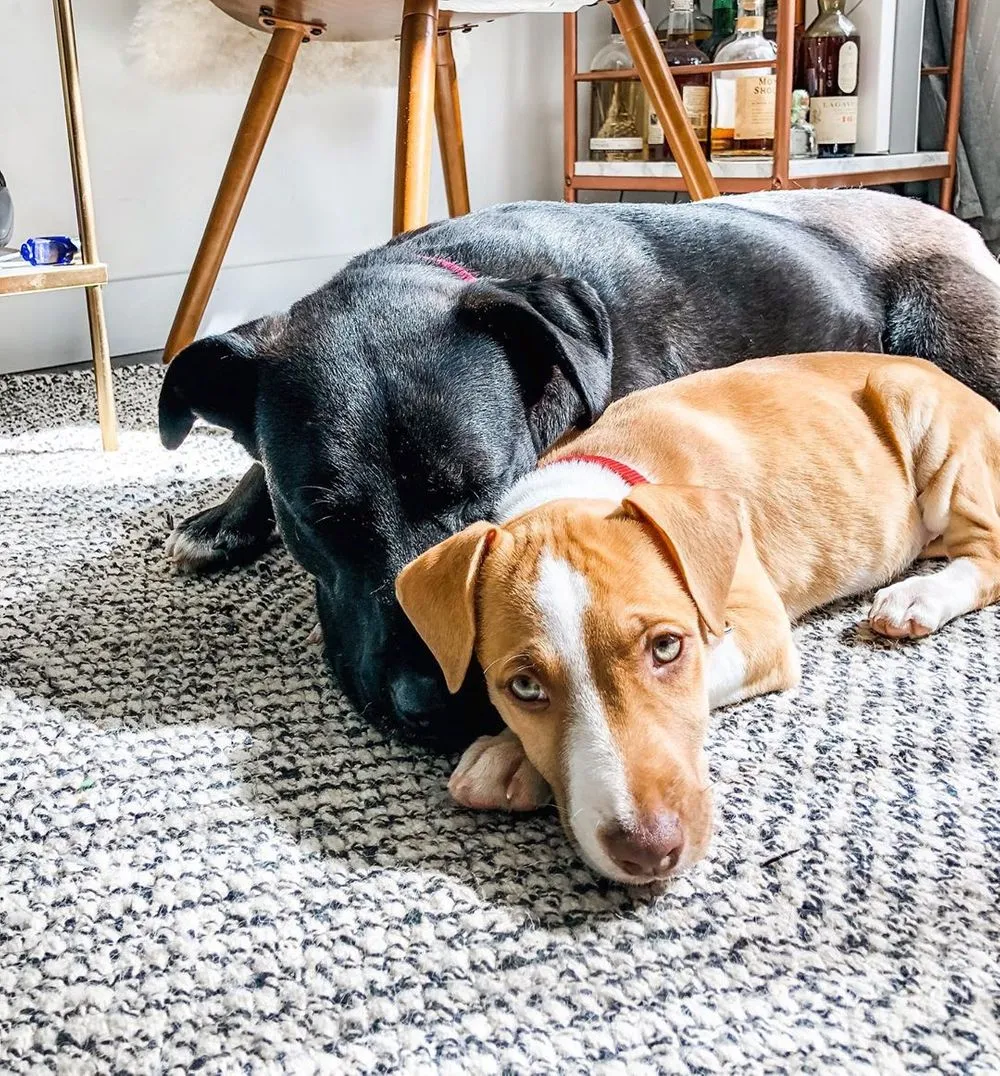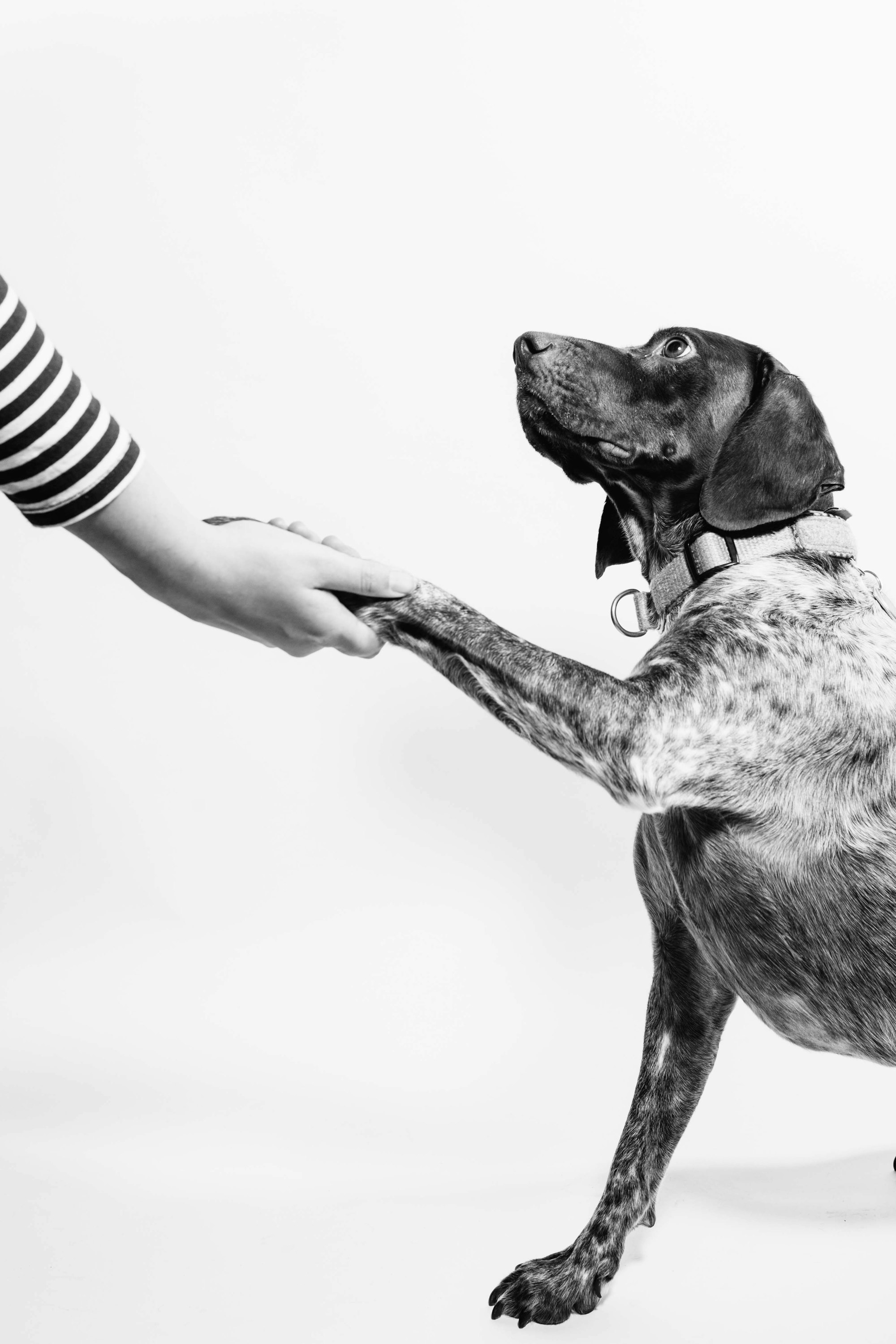The health and well-being of our furry companions are paramount for every pet owner. One congenital condition that can affect dogs is a cleft palate. In this comprehensive guide, we'll dive into the causes, symptoms, and treatments available for cleft palates in dogs.
What is a Cleft Palate?
A cleft palate in dogs is a structural abnormality where there's an unintended opening or gap in the roof of the mouth. This defect can range from a minute hole to a significant fissure, extending from the front to the back of the palate. Such openings can interfere with a dog's ability to eat, drink, and even breathe properly.

Delving into the Causes
While the precise cause of cleft palates in dogs isn't fully understood, several contributing factors have been identified:
Genetics
Research suggests that some breeds might be more predisposed to this condition than others, indicating a genetic component. Breeders and potential dog owners should be aware of this trait in specific breeds to ensure proper care and potential preventive measures.
Environmental Factors
Certain drugs or toxins, when exposed to pregnant dogs, can elevate the risk of the puppies developing a cleft palate. It's always advisable for dog owners to ensure that expecting dogs are kept away from any potentially harmful substances.
Nutritional Deficiencies
Ensuring a pregnant dog receives a balanced and nutritious diet is critical. Vitamin or mineral deficiencies during vital stages of fetal development could increase the likelihood of congenital defects, including cleft palates.
Recognizing the Symptoms
Early detection can make a world of difference. Here are some symptoms to watch out for:
- Difficulty during feeding sessions.
- Milk seeping out from the puppy's nose post feeding.
- Regular respiratory infections.
- Persistent sneezing or coughing.
- Noticeable poor growth, especially when compared to littermates.
A veterinarian can provide a definitive diagnosis through a thorough physical examination and, if necessary, X-rays.
Addressing Cleft Palate: Treatments and Care
Dogs with a cleft palate necessitate tailored care, especially when it comes to feeding. Without the ability to create a proper suction, specialized feeding methods are needed. Feeding with a syringe or using specially designed bottles, all while keeping the puppy in an upright position, can mitigate the risk of aspiration.
Surgical Intervention
The primary remedy for addressing a cleft palate is surgery. This procedure aims to seal the gap, thereby establishing a functional palate. It's generally recommended for the dog to reach a certain age or weight threshold to maximize the chances of a successful operation.
Non-Surgical Alternatives
In instances where surgery might not be the best option, there are non-surgical treatments to consider. Feeding tubes, for example, ensure the dog obtains the required nutrition while eliminating the threat of food or liquid entering the lungs.
Post-operative Care
Once a dog has undergone palate surgery, post-operative care becomes essential. Owners should vigilantly monitor the surgical site for signs of infections or complications. Offering soft foods and limiting vigorous activity will further aid in the healing process.
Potential Complications and Their Management
While many dogs with a cleft palate go on to lead healthy lives after treatment, it's essential to be aware of potential complications so they can be addressed promptly.
Recurrence of the Cleft
In some cases, especially if the surgery was conducted on very young puppies or the cleft was particularly large, there might be a recurrence. Regular check-ups with the vet, especially in the months following the surgery, can help in early detection and management.
Dental Issues
Dogs with a history of cleft palates may sometimes develop dental problems. The alignment of their teeth might be affected due to the structural abnormalities. Regular dental check-ups, brushing, and perhaps even orthodontic interventions can help in managing these issues.
Feeding Challenges
Even post-surgery, some dogs might continue to face challenges with feeding. It's crucial to monitor their weight and ensure they're getting the nutrition they need. Special diets, high-calorie supplements, or even additional surgeries might be needed.
Long-Term Prognosis and Quality of Life
With the right care and early intervention, dogs with cleft palates often enjoy a good quality of life. It's essential for dog owners to remember that, like all dogs, those with cleft palates require love, care, and regular health check-ups.
Support and Resources
Owners of dogs with cleft palates needn't feel isolated. Numerous support groups and online communities share advice, experiences, and resources related to this condition. Veterinarians can also provide valuable guidance on care and management.

Beyond Medical Care: Emotional and Behavioral Considerations
Cleft palate in dogs doesn’t only present medical challenges. Owners often find that there are behavioral and emotional aspects to consider as well.
Social Interactions with Other Dogs
While dogs are not as visually driven as humans and often rely more on scent and body language, physical differences can sometimes alter interactions between dogs. Dogs with cleft palates, especially those who've had surgery, might be more cautious or submissive when playing with other dogs. It's essential to monitor these interactions, ensuring that play remains gentle and that there's no bullying or aggressive behavior targeting the affected dog.
Building Confidence
Given their initial feeding challenges and frequent early-life vet visits, some dogs with cleft palates might start off being more timid or anxious. It’s vital to work on building their confidence. This can be achieved through consistent training, positive reinforcement, and controlled exposure to various stimuli and environments. Gradually introducing them to different sounds, sights, and experiences can help them become well-adjusted adults.
Nutrition and Dietary Adjustments
Ensuring that a dog with a cleft palate gets the right nutrition is paramount. Even after surgical corrections, these dogs might benefit from specific diets or feeding schedules:
- Soft Foods: These can be easier for dogs to consume and digest, especially immediately after surgery or if there are dental issues.
- High-Calorie Supplements: Some dogs might require additional caloric intake, especially if they've faced growth challenges due to their condition.
- Hydration: Ensuring ample water intake is crucial. Some dogs might benefit from gelatin-based water or hydration supplements, especially if they struggle with traditional water bowls.
Future Breeding Considerations
For breeders or owners considering breeding their dogs, it's crucial to note that cleft palate can have a genetic component. If a dog has had a cleft palate, or if there's a history of the condition in their lineage, it's advisable to consult with a veterinarian and possibly reconsider breeding plans to prevent passing on the trait.
The Importance of Regular Vet Check-ups
Routine veterinary check-ups are essential for every pet, but they're especially crucial for dogs with a history of cleft palate. These visits not only monitor the physical healing process but also ensure that other secondary health concerns are addressed early.
Respiratory Monitoring
Dogs with cleft palates are more prone to respiratory issues due to their anatomical differences. Regular check-ups can catch symptoms of respiratory distress, infections, or other complications before they become severe.
Weight and Growth Assessment
Growth charts and regular weight monitoring can provide insights into the overall health and well-being of the dog. If a dog isn’t gaining weight or growing as expected, it could indicate underlying issues or the need for dietary adjustments.
The Role of Specialized Therapies
Beyond traditional veterinary care, several specialized therapies can benefit dogs with cleft palates:
Physiotherapy
Physiotherapy can help strengthen the facial muscles, improving the dog's ability to eat and drink. It can also aid in post-surgical recovery by ensuring proper muscle function and tone.
Speech and Swallow Therapies
While more commonly associated with humans, some veterinary specialists are exploring the potential of speech and swallow therapies in dogs. These therapies aim to improve the dog’s ability to make sounds (barking, whining) and to swallow food and liquids more effectively.
Fostering a Supportive Community
The challenges of raising a dog with a cleft palate can sometimes feel isolating. However, there's a growing community of pet owners who share similar experiences:
Online Forums and Groups
Many online platforms and social media groups are dedicated to pet owners dealing with cleft palates in dogs. These spaces allow for the sharing of advice, experiences, and support.
Local Support Groups
In larger cities or regions with veterinary colleges, local support groups might organize regular meet-ups or events for owners and their pets. These gatherings can be an excellent opportunity for dogs to socialize and for owners to exchange tips and stories.
Embracing the Uniqueness
Dogs with cleft palates, just like every other dog, have their unique personalities, quirks, and traits. Embracing their distinctiveness and celebrating their milestones can bring immense joy and fulfillment. Their journey, with all its ups and downs, serves as a testament to the enduring bond between pets and their owners.

Holistic Approaches and Alternative Therapies
In addition to conventional treatments, many dog owners are exploring holistic and alternative therapies to support the well-being of dogs with cleft palates.
Acupuncture
Veterinary acupuncture involves inserting thin needles at specific points on the dog's body. It's believed to help with pain management, promote healing, and improve overall well-being. For dogs with cleft palates, acupuncture can potentially aid in post-surgical recovery and alleviate any discomfort.
Herbal Remedies
Certain herbs are touted to boost healing and bolster the immune system. However, it's essential to consult with a veterinarian or a certified herbalist familiar with canine health before introducing any herbal remedies. They can provide guidance on safe herbs and correct dosages.
Homeopathy
While there's ongoing debate about the efficacy of homeopathy, some pet owners have reported benefits in using homeopathic remedies for various health concerns. As always, it's crucial to work with a knowledgeable practitioner to ensure safe and effective use.
The Importance of Environmental Adaptations
Making subtle changes to the dog's environment can make a significant difference in their quality of life.
Elevated Feeding Stations
Using elevated bowls can make the feeding process easier and more comfortable for dogs with cleft palates, especially if they've had surgery. It can also reduce the risk of choking or aspirating.
Soft Bedding
Post-surgery or even generally, dogs with cleft palates might find soft, plush bedding more comfortable. It can offer better support and cushioning, particularly for the head and facial region.
Advocacy and Awareness
As awareness grows about cleft palates in dogs, there's a burgeoning movement to educate potential pet owners, breeders, and the general public:
Adopt, Don’t Shop
Many dogs with cleft palates end up in shelters because they're deemed "imperfect" or because potential owners fear the medical challenges. Advocacy groups encourage adopting these special needs dogs, emphasizing that they can lead full, joyful lives with the right care.
Educational Campaigns
Several organizations run campaigns during specific months dedicated to raising awareness about congenital defects in pets, including cleft palates. Joining these campaigns, sharing information, or even sharing personal stories can help dispel myths and increase understanding.
Building a Brighter Future
Research into cleft palates in dogs is ongoing, with veterinary colleges and specialists continuously exploring new treatments, therapies, and preventive measures. With advancements in medical science and a growing community of informed and dedicated pet owners, the future for dogs with cleft palates looks promising.
The Role of Technology in Care and Treatment
With the rapid advancement of technology, there's a significant impact on how we understand, diagnose, and treat conditions like cleft palates in dogs.
3D Imaging and Diagnostics
Modern veterinary clinics are now using 3D imaging to get a detailed view of the dog's palate. This provides a clearer picture of the extent and severity of the cleft, allowing for precise surgical planning and better post-operative outcomes.
Telemetric Health Monitoring
Wearable tech isn't just for humans anymore. There are now devices designed for pets that can monitor vital signs, activity levels, and other health indicators. For a dog with a cleft palate, especially one that has undergone surgery, such devices can provide real-time data to pet owners and veterinarians, ensuring the pet's well-being is continuously monitored.

Tailored Nutrition and Supplements
Understanding the unique needs of dogs with cleft palates has led to the development of specialized diets and supplements:
Custom-Formulated Diets
Some pet food companies now offer diets tailored for dogs with specific health concerns. For dogs with cleft palates, these diets are formulated to be easily digestible, nutrient-dense, and palatable, ensuring they receive all the necessary nutrients.
Probiotics and Digestive Aids
Given the potential feeding challenges and the risk of aspiration, maintaining a healthy gut is paramount. Probiotics and digestive enzyme supplements can help support gut health, ensuring optimal digestion and nutrient absorption.
Training and Behavior Modification
While cleft palate primarily affects a dog's physical health, it can sometimes have behavioral implications:
Positive Reinforcement
Training methods that use positive reinforcement can help dogs with cleft palates gain confidence. Celebrating small achievements and milestones can make a significant difference in their overall demeanor and confidence.
Desensitization
Given the frequent vet visits and medical interventions, these dogs might develop anxiety around medical settings or procedures. Desensitization, where the dog is gradually exposed to these stimuli in a controlled and positive manner, can help reduce such anxieties.
Harnessing the Power of Community
One of the most potent tools in managing and understanding cleft palates in dogs is the collective wisdom and support of the community:
Workshops and Seminars
Many animal welfare organizations and veterinary colleges host workshops and seminars on cleft palate management. These events provide hands-on training, the latest research findings, and a platform for pet owners to connect and share.
Crowdfunding and Financial Support
Medical treatments can sometimes be financially taxing. Crowdfunding platforms and community-driven financial aid programs can help pet owners manage the costs associated with surgeries and post-operative care.
Conclusion:
In addressing cleft palates in dogs, it's essential to understand the structural abnormality's causes, from genetics to environmental factors, and to recognize early symptoms. Effective treatments range from surgical interventions to specialized feeding techniques. Holistic therapies, such as acupuncture, and advancements in technology, like 3D imaging, further enhance care.
Tailored nutrition, behavior training, and leveraging community support, including workshops and financial aid, provide comprehensive support to affected dogs and their owners. By combining medical, technological, and community resources, dog owners can navigate this journey, ensuring their pets lead healthy, fulfilling lives while strengthening the deep bond shared with their canine companions.
FAQs on Cleft Palate in Dogs
- What is a cleft palate in dogs?
- A cleft palate is a structural abnormality where there's an unintended opening or gap in the roof of a dog's mouth, affecting their ability to eat, drink, and breathe properly.
- What causes cleft palates in dogs?
- The exact cause isn't fully understood, but genetics, environmental factors during pregnancy, and nutritional deficiencies are considered contributing factors.
- How can I recognize if my dog has a cleft palate?
- Symptoms include difficulty during feeding, milk seeping from the nose after feeding, frequent respiratory infections, and noticeable poor growth compared to littermates.
- What are the primary treatments for cleft palate in dogs?
- The primary treatment is surgical intervention. However, non-surgical treatments like specialized feeding methods and tubes can also be effective.
- Are there holistic therapies beneficial for dogs with cleft palates?
- Yes, therapies such as acupuncture, herbal remedies, and homeopathy have been explored as supportive treatments.
- How can technology aid in the care of dogs with cleft palates?
- Advancements like 3D imaging for detailed diagnostics and telemetric health monitoring can significantly enhance care and treatment plans.
- Can dogs with cleft palates lead normal lives?
- With the right care, attention, and medical interventions, dogs with cleft palates can lead happy, healthy lives, much like any other dog.
- How can I support my dog's recovery post-surgery?
- Post-operative care includes monitoring the surgical site for infections, feeding soft foods, limiting vigorous activity, and providing emotional support.
- Are there communities or support groups for dogs with cleft palates?
- Yes, there are numerous online forums, local support groups, and organizations dedicated to helping pet owners navigate the challenges of raising a dog with a cleft palate.
- Is there a genetic component to cleft palates in dogs?
- Research suggests that some breeds might be more predisposed to cleft palates, indicating a potential genetic component.






